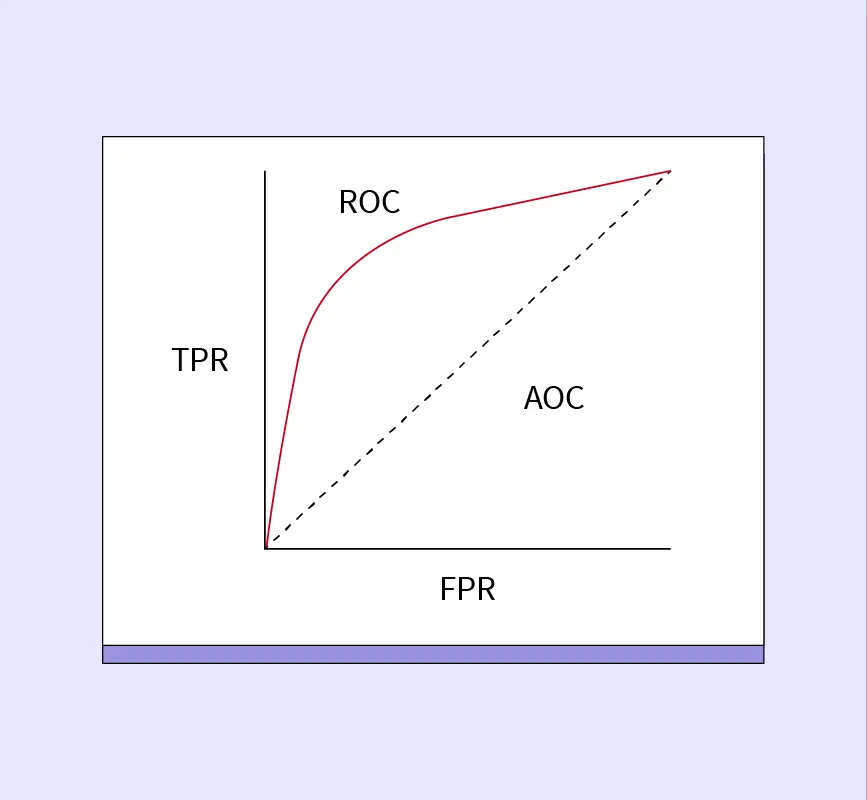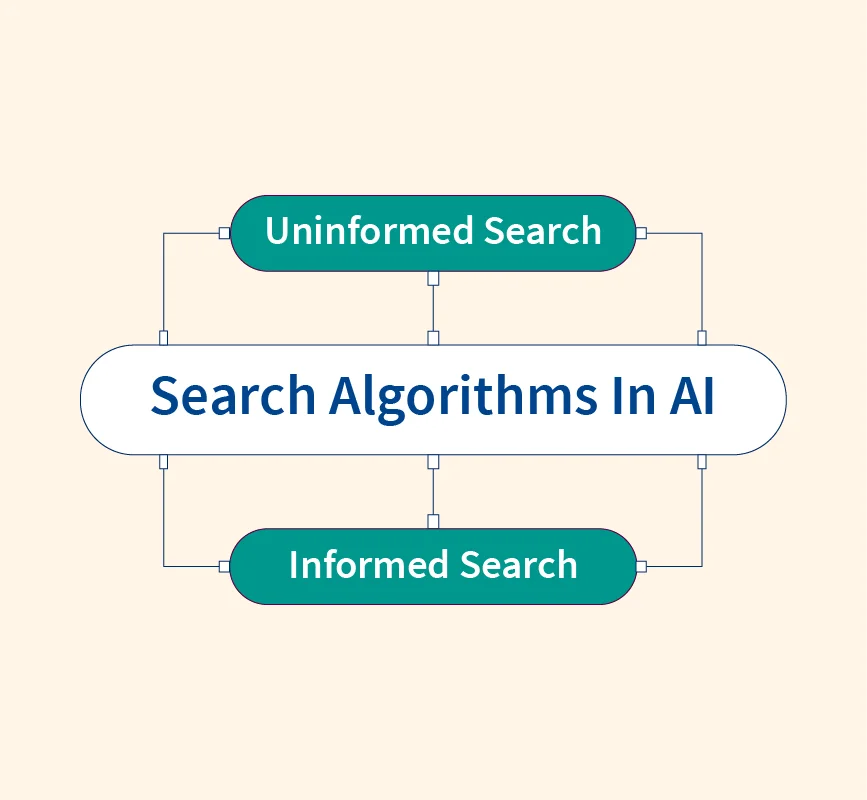Exploratory Data Analysis (EDA) is a critical step in the data science workflow, serving as a foundation for understanding the dataset before diving into advanced modeling. By applying various statistical and visualization techniques, EDA allows data scientists to uncover hidden patterns, identify anomalies, and make informed decisions about the direction of further analysis.
The purpose of this article is to outline the key techniques and best practices for conducting effective EDA. Whether you are a beginner or a seasoned professional, mastering EDA is essential for ensuring the integrity of your data and setting the stage for meaningful insights and predictive modeling.
What is Exploratory Data Analysis?
Exploratory Data Analysis refers to the process of examining datasets to summarize their main characteristics, often using visual methods. It’s a crucial step in data analysis as it helps data scientists understand the data they are working with, and guides decisions about further analysis or modeling.
Source: LinkedIn
The primary goals of EDA include:
- Uncovering patterns or trends in the data.
- Spotting anomalies or outliers.
- Testing underlying assumptions and hypotheses.
- Exploring relationships between variables.
EDA is commonly used at the beginning of a data science project and throughout the iterative data analysis process, helping to refine insights as the project evolves.
Key Techniques for EDA
Univariate Analysis (Non-Graphical)
Univariate analysis involves the examination of individual variables. In a non-graphical context, descriptive statistics are often used to summarize the central tendencies and variability of the data.
- Descriptive Statistics: Mean, median, mode, variance, and standard deviation are commonly calculated to understand the distribution of a single variable.
Univariate Analysis (Graphical)
Graphical methods for univariate analysis help visualize the distribution and spread of individual variables.
- Histograms: Display the frequency distribution of a dataset, helping to visualize the shape of the data (e.g., normal or skewed distribution).
- Boxplots: Show the spread and quartiles of the data, making it easier to detect outliers.
Multivariate Analysis (Non-Graphical)
Multivariate analysis examines relationships between multiple variables without using graphs.
- Correlation Matrix: Displays the correlation coefficients between variables, indicating the strength and direction of linear relationships.
- Covariance Matrix: Measures how much two variables change together, useful for identifying interdependencies.
Multivariate Analysis (Graphical)
Graphical methods provide a visual representation of relationships between multiple variables.
- Scatter Plots: Used to explore relationships between two variables and detect correlations.
- Pair Plots: Help visualize interactions across multiple variables simultaneously.
- Heatmaps: Represent the correlation matrix visually, making it easier to spot patterns between variables.
Handling Missing Data and Outliers
Managing missing data and identifying outliers is a crucial aspect of EDA.
- Techniques for Handling Missing Values: Imputation methods (mean, median, mode) or removing missing data points are commonly used.
- Outlier Detection: Outliers can be identified using statistical methods (e.g., Z-scores) or visual methods like boxplots.
How to Conduct Exploratory Data Analysis
1. Observing the Dataset
Begin by observing the structure of the dataset—its size, types of variables, and whether the data is categorical or numerical.
2. Identifying Missing Values
Use summary statistics and visualizations to identify any gaps or missing values in the dataset, helping you decide how to handle them during analysis.
3. Categorizing Data
Classify the dataset into meaningful categories, distinguishing between numerical and categorical variables, or even between discrete and continuous data types.
4. Determining the Shape of Data
Analyze the distribution of variables by looking for skewness, kurtosis, and other factors that indicate the shape of the data.
5. Identifying Relationships
Explore correlations between variables by examining scatter plots, correlation matrices, and covariance to uncover potential causal links.
6. Detecting Outliers
Outliers can skew your analysis, so it’s important to detect and handle them early. Use statistical methods or graphical tools like boxplots to identify these anomalies.
Best Practices for EDA
Iterative Approach
EDA should be iterative, continually refining insights as new information is uncovered. This allows for a deeper understanding of the dataset over time.
Focus on Visualization
Visual tools like scatter plots, boxplots, and heatmaps are crucial in presenting your findings clearly and concisely. Use these tools to uncover trends and communicate insights effectively.
Document Assumptions and Insights
Throughout the EDA process, document any assumptions, decisions, and insights you gain. This record helps maintain transparency and provides a reference for future analyses.
Benefits of Conducting EDA
1. Organizing and Cleaning Data
EDA helps identify missing values, outliers, and inconsistencies, allowing for effective data cleaning and preparation.
2. Understanding Variables and Their Relationships
By exploring relationships between variables, EDA helps in identifying the key features and understanding how different variables interact.
3. Choosing the Right Models and Algorithms
By understanding the distribution of data and relationships between variables, EDA guides the selection of the most appropriate models and algorithms.
4. Finding Hidden Patterns in the Dataset
EDA helps uncover hidden patterns and trends that might not be immediately obvious, providing valuable insights for predictive modeling.
Conclusion
Exploratory Data Analysis is a critical step in any successful data analysis or machine learning project. By thoroughly examining and visualizing the data, you can uncover patterns, identify outliers, and make informed decisions before diving into more advanced modeling. EDA not only improves the quality of your analysis but also lays the foundation for accurate and reliable insights. Make EDA an integral part of your data science workflow to ensure a solid understanding of your data before moving forward.
References:


